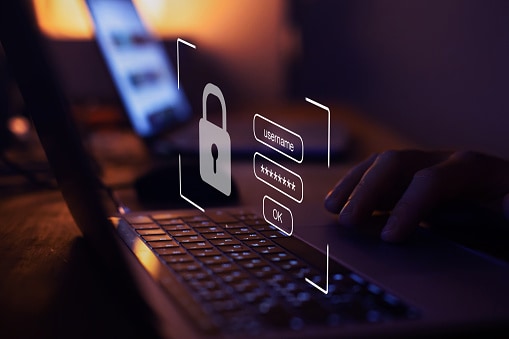
Why is it Important to Strengthen the Security of Online Platforms
Nowadays, most businesses are working and operating through online platforms. For that, they store much of their data on online platforms such as communication applications and cloud spaces.
As the amount of data available online is increasing, several people are aiming to leak this data since it can have confidential data that addresses how a business is achieving success. For instance, many communication accounts – such as Outlook accounts, are being targeted by numerous cyber attacks like malware attacks, password attacks, phishing, and even SQL injection.
Thus, managers and business owners should give a lot of attention to securing business accounts to the greatest extent possible to avoid causing harm to their brands’ reputation due to not being able to keep their promises.
What is a Multi-Factor Authentication (MFA)
One way to secure business accounts is through installing Multi-Factor Authentication (MFA) applications. For instance, when Outlook Web App MFA is installed on a business’s main communication application, the MFA will protect all of the data.
A multi-factor authentication application allows employees to insert as many passwords as they prefer to protect their accounts. In other words, numerous layers of security will be added to an account through MFA applications. These passwords can have different options, such as fingerprint scans, face recognition, and a one-time code sent to a mobile number.
So, securing business accounts through MFA applications should be a priority for managers to avoid facing potential lawsuits because of leaking confidential data.
What is Outlook Web App (OWA)
The Outlook Web App (OWA) is one of the most trusted email communication platforms that many businesses trust and use.
Numerous organizations rely on the Outlook Web App to communicate with their customers, partners, and colleagues. Even though the application provides privacy to its users, a single username and password will not protect an account from being subjected to cyber-attacks.
Thus, to avoid problems with partners and customers due to the leakage of confidential contracts, businesses should install multi-factory authentication on their accounts.
Steps to Install and Connect an MFA Application to Strengthen Account Security
1) Find the best MFA provider for an organization’s culture
One of the most important steps when it comes to installing an MFA application is to find the most appropriate one for an organization’s culture. In other words, many MFA applications differ from one another and have different operating systems.
The different ways of operations provide different levels of complexity to users. So, when researching for an MFA application, managers should understand which level of complexity their employees will manage to use.
2) Apply for a domain account for the business and set it up
After figuring out which application to use, a domain account should be created with the organization’s name.
The domain account will be responsible for allowing others in an organization to use the MFA application and take advantage of inserting numerous layers of security into their accounts.
3) Give employee accounts access to the MFA application
Since the domain account is already set up, it is time to give employees access to use the multi-factor authentication application in order to strengthen their Outlook Accounts’ security.
Thus, managers must provide access to business Outlook usernames to utilize the MFA application now that a company admin account exists.
4) Choose the type of MFA method provided by the application
When each employee links their account to the MFA, they must select the second authentication method they want when signing in to their accounts. As mentioned above, there are many different options to choose which type of security a user can add. So, each employee should choose the one they feel most comfortable using when verifying their identification.
5) Test to see whether the MFA is working properly
Employees will successfully add an extra level of protection to their accounts after setting up and connecting their usernames to the MFA application.
Nonetheless, it is critical that staff verify the MFA application by attempting to sign into their accounts using a different device.
Conclusion
To summarize, the quantity of sensitive data available online grows by the day, and the risk of losing this data can cause harm to a company’s reputation.
Because a username and a password are insufficient for protecting all available data from cyber attacks, linking an MFA to online platforms is critical for identity verification and strengthening the security of online accounts.
 Gearfuse Technology, Science, Culture & More
Gearfuse Technology, Science, Culture & More


